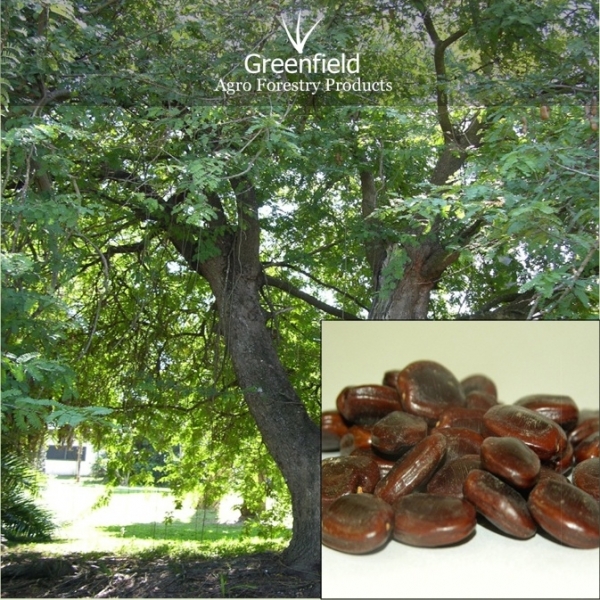About the product
Scientific Name:- Tamarindus indica
Shape:-square
Size:-..5 cm
Color: -Reddish Broun
Usage: – Germination (not for oil extraction)
Age: -Fresh(less than a year, good for germination)
Origin: – India
Packing: -5, 10,20,25,50 (P/P)
Availability: – Throughout the year
Quick Details :
Common name: Tamarind
Hindi Name: Imli
Botanical name: Tamarindus indica
Family :Fabaceae
Culinary uses
The fruit pulp is edible. The hard green pulp of a young fruit is considered by many to be too sour, but is often used as a component of savory dishes, as a pickling agent or as a means of making certain poisonous yams in Ghana safe for human consumption.
The ripened fruit is considered the more palatable, as it becomes sweeter and less sour (acidic) as it matures. It is used in desserts as a jam, blended into juices or sweetened drinks,sorbets, ice creams and all manner of snacks. In Western cuisine, it is found in Worcestershire sauceand HP sauce. In Karnataka, India, the tamarind, called hunasae hannu, is used in saaru (lentil soup), sambhar or sambar (vegetable soup), gojju (sauce), and several types of chutneys.
Traditional medicinal uses
Throughout Southeast Asia, fruit of the tamarind is used a poultice applied to foreheads of fever sufferers. Based on human study, tamarind intake may delay the progression of skeletal fluorosis by enhancing excretion of fluoride. However, additional research is needed to confirm these results.
Carpentry uses
Tamarind wood is a bold red color. Due to its density and durability, tamarind heartwood can be used in making furniture and wood flooring.
Related Product:
1. Anola Seeds,
2. Sitaphal Seeds
3. Guava Seeds
4. Bael Seeds
5. Vilayati Imli Seeds
6. Imli Seeds
Shape:-square
Size:-..5 cm
Color: -Reddish Broun
Usage: – Germination (not for oil extraction)
Age: -Fresh(less than a year, good for germination)
Origin: – India
Packing: -5, 10,20,25,50 (P/P)
Availability: – Throughout the year
Quick Details :
Common name: Tamarind
Hindi Name: Imli
Botanical name: Tamarindus indica
Family :Fabaceae
Culinary uses
The fruit pulp is edible. The hard green pulp of a young fruit is considered by many to be too sour, but is often used as a component of savory dishes, as a pickling agent or as a means of making certain poisonous yams in Ghana safe for human consumption.
The ripened fruit is considered the more palatable, as it becomes sweeter and less sour (acidic) as it matures. It is used in desserts as a jam, blended into juices or sweetened drinks,sorbets, ice creams and all manner of snacks. In Western cuisine, it is found in Worcestershire sauceand HP sauce. In Karnataka, India, the tamarind, called hunasae hannu, is used in saaru (lentil soup), sambhar or sambar (vegetable soup), gojju (sauce), and several types of chutneys.
Traditional medicinal uses
Throughout Southeast Asia, fruit of the tamarind is used a poultice applied to foreheads of fever sufferers. Based on human study, tamarind intake may delay the progression of skeletal fluorosis by enhancing excretion of fluoride. However, additional research is needed to confirm these results.
Carpentry uses
Tamarind wood is a bold red color. Due to its density and durability, tamarind heartwood can be used in making furniture and wood flooring.
Related Product:
1. Anola Seeds,
2. Sitaphal Seeds
3. Guava Seeds
4. Bael Seeds
5. Vilayati Imli Seeds
6. Imli Seeds
Price
50/-per kg
Contact with supplier
